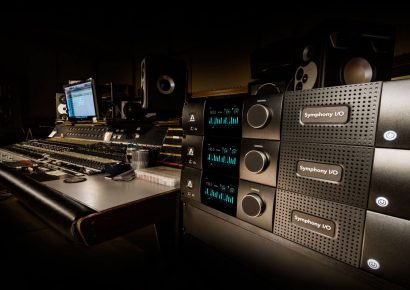There are three main considerations when thinking about buying a new guitar: the suitability for the player, the body shape, and the tonewoods. As well as this there are also periphery concerns such as nylon or steel string guitar, or whether you want a cutaway model.
Suitability For The Player
You could buy the most amazing guitar in its style, but if it isn’t compatible with the type of music you’ll be playing, it isn’t necessarily going to sound great. Matching the guitar to your playing style is invaluable, and is the place to begin your search. Here are a few examples.
- Bluegrass/flatpicking style: A dreadnought style or a medium to large bodied guitar
- Country and blues fingerpicking: a small to medium guitar
- Acoustic rock strumming: a medium guitar for clear, ringing chords
Body Shape
Different body shapes can have an impact on the sound and response of the guitar, but are also important when considering the physical attributes of the player.
Small body
- Lighter touch
- Fits well in a mix with other instruments
- Good for fingerstyle and smaller players, or people who struggle to fret chords on bigger guitars.
Medium body
- Louder and more dynamic than a small body
- Better balance and variety
- Good for someone who needs a versatile guitar for their performance or recording
Large body
- Bold and loud, but often surprisingly well balanced
- Strong sustain
- Good for fans of big-bodied, big-voiced guitars with complex sound
Compact size/travel
- Smallest size body, good for children and beginners
- Handy for travelling songwriters who want to play in hotel rooms or on the road
Tonewoods
There are heaps of different options for tonewoods, all of which will have different qualities. With well known classic woods, modern alternatives and exotic woods available, there is plenty of choice.
Classics
- Indian Rosewood
- Versatile, with good sustain and scooped mids
- Tropical Mahogany
- Clear and direct tone with plenty of midrange
- Maple
- A responsive guitar that gives an accurate reproduction of the player, without adding too much of its own character
Modern Alternatives
- Sapele
- Orangkol
Exotics
- Hawaiian Koa
- Macassar Ebony
Other Considerations
Nylon or Steel string?
- Nylon strings are normally used by beginners, because they are easier to fret and are not super harsh on the fingers, but they can also be chosen by more experienced players who prefer their slightly dampened sound and faster decay (less sustain)
- Steel strings will give the rich ringing sound that many players may be after, but can be quite tough on the uninitiated fingers
To cutaway or not to cutaway?
- Whilst they do limit the sound in a very slight way, cutaways give better access to the higher register, which probably makes up for the lost resonance
- However, if you have no need for the highest frets or prefer a symmetrical look, opting for a non-cutaway guitar might be your best bet
Taylor’s 8 Tips For Test Driving Guitars In Store
- Have an idea of what you plan to play
- If the store has a dedicated acoustic room, use it
- Play the same thing on each guitar
- Isolate the particular features you want to compare
- Take notes
- Use a phone to record yourself
- Make friends with the sales person
- Take your time
So, hopefully this guide has pointed you in the direction of your next (or possibly first) acoustic guitar, or has at least enlightened you a little on the different wualities of different acoustic guitars.
For a more in-depth look and to check out some of their models, check out Taylor’s guide.

